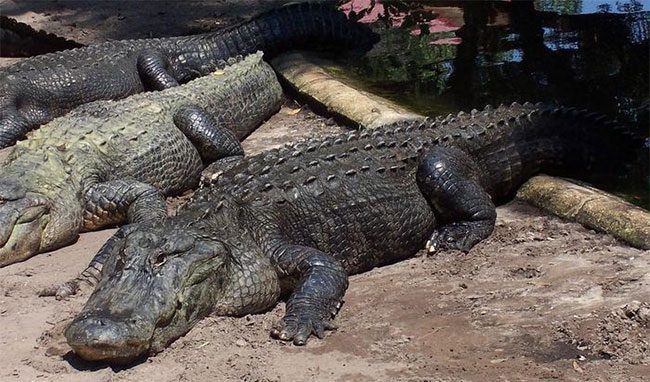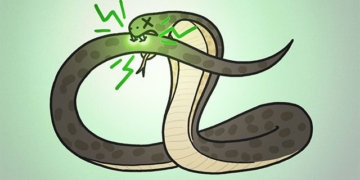An American alligator has lived in solitary confinement at a reptile park for 16 years and laid 14 eggs, surprising zoo staff.

The American alligator in Parque Reptilandia has never mated. (Photo: Yahoo)
Scientists have recorded the first known case of a “virgin” alligator. A female alligator that lived in isolation for 16 years was discovered with a clutch of eggs, shedding light on the evolutionary origins of this reproductive behavior. The American alligator (Crocodylus acutus) was captured at the age of 2 and has lived in a pen at Parque Reptilandia in Costa Rica, alone for the next 16 years. However, in January 2018, authorities found a clutch of 14 eggs in her enclosure.
Parthenogenesis is a form of asexual reproduction in species that can normally reproduce sexually. The scientific community has documented asexual reproduction in birds, sharks, lizards, and snakes in captivity, among many other species. However, this behavior had not previously been observed in crocodilians, including the common alligator, the caiman, and the Ganges crocodile.
In a study published on June 7 in the journal Biology Letters, the research team reported that 7 of the 14 eggs laid by the alligator in Costa Rica were viable. Zoo staff incubated these eggs, but they did not hatch. Upon opening the eggs, the contents of 6 could not be clearly observed, but one egg contained a fully formed embryo. Genetic analysis showed that it was almost identical to the mother.
The research team, led by Warren Booth, an entomologist at Virginia Tech, expressed some disappointment that the eggs did not hatch. Nonetheless, it is not uncommon for offspring produced in this way to exhibit deformities and fail to develop. They suggest that parthenogenesis may be more common in endangered species.
The discovery of parthenogenesis in crocodiles indicates that this form of reproduction also exists in birds, descendants of dinosaurs, and crocodiles, demonstrating a common evolutionary origin. Birds and crocodiles are the last surviving representatives of the archosaurs, a group of animals that includes dinosaurs and pterosaurs.



















































